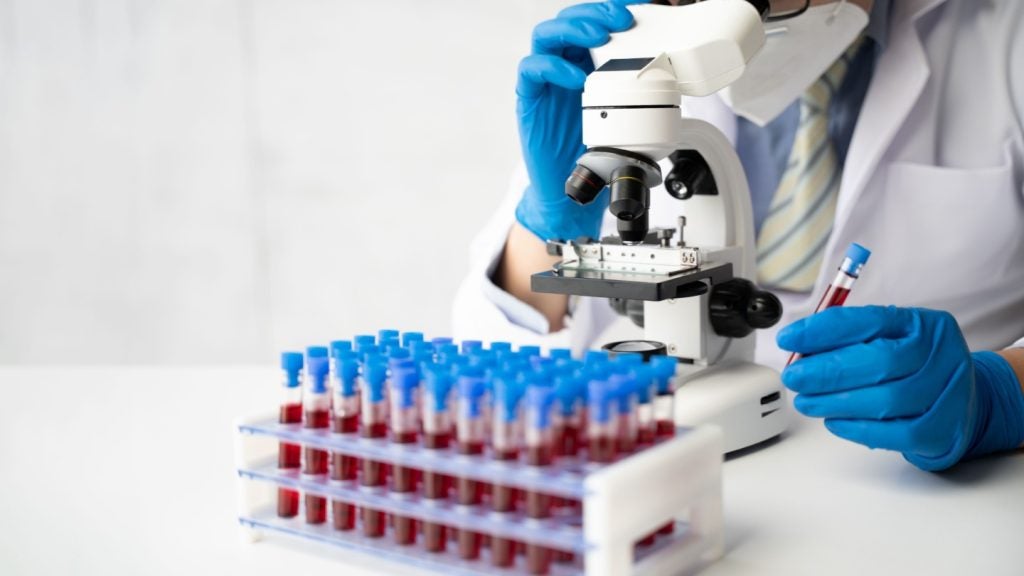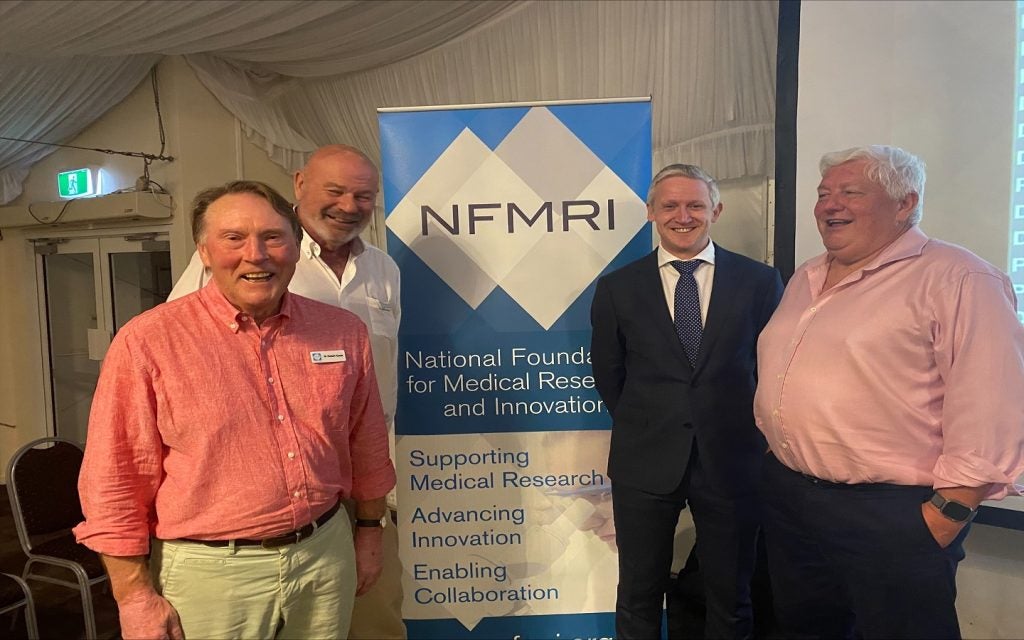Research activity in the human immunodeficiency viruses space (HIV) is pivoting towards pre-exposure prophylaxis (PrEP) therapies as vaccine failures rack up.
It has been almost 30 years since ex-US president Bill Clinton challenged the pharmaceutical industry to develop an acquired immunodeficiency syndrome (AIDs) vaccine. However, the world has still yet to see a successful candidate reach the market. Major pharmaceutical companies such as Merck and Johnson and Johnson have previously pulled their HIV vaccine programs following clinical failures.
As major vaccine companies and public organisations continue to see failures for their HIV vaccine candidates, investment towards HIV vaccine development has consistently fallen, says Dr. Jonathan Weber, a co-director of the research hub at the Pears Cumbria School of Medicine in Carlisle, Wales. However, with the approval of Gilead Sciences’ long-acting PrEP therapy Sunlenca (lenocapavir) and other encouraging antiretroviral success, Weber suspects that HIV investment will likely stay in the PrEP space. PrEP drugs are given to high-risk individuals who have not yet contracted HIV to prevent the transmission of infection. Sunlenca can be administered intravenously every six months.
Weber was the founding editor of the AIDS journal from 1987-1992, also co-founding the World Health Organization (WHO) Network for HIV characterisation in 1992. In an exclusive interview with Pharmaceutical Technology, Weber shared the barriers to HIV vaccine development and his insights on where HIV therapeutic development will go.
This interview has been edited for length and clarity.
Akosua Mireku [AM]: What have been the main challenges in the HIV vaccine development space?
Dr. Jonathan Weber [JW]: Vaccinology is still an empirical science. You make a potential vaccine, you test it in an animal model—if you have one—and then you see if it works in humans. With HIV, there are not any viable animal models to use. Only the great apes are infectable with HIV, and they do not contract the disease (AIDs). Macaques can be infectable by a similar virus to HIV, called simian immunodeficiency virus (SIV), but it is not the same virus. All 10 HIV vaccines to have reached phase III efficacy trials have failed, except one which was marginally successful. Also, humans do not have natural immunity to HIV. So, as we have no animal model, no natural immunity, and still no firm idea of what would constitute a successful vaccine, leading to nothing concrete after 40 years.
AM: Without a vaccine available, what does the prophylactic landscape look like for HIV?
JW: It was always hoped that giving PrEP drugs would be a terrific way of preventing transmission. Indeed, in very high-risk groups, particularly for example, in gay men in metropolitan areas, PrEP has been very successful in limiting and reducing transmission. But, by and large, people do not like taking pills if they are not ill, so that has affected uptake. Long-acting injectable PrEP therapies [e.g. Sunlenca] will change things. I think that this will be transformative, because that then starts to have a prolonged vaccine-like effect in preventing transmission.
Currently, the prevention landscape involves firstly identifying people with HIV. When they are identified, physicians prescribe treatment that lowers the virus in their blood so they can no longer transmit. And thirdly, at-risk people can receive long-acting PrEP therapies. If you do all this, there is every hope that over time you would get rid of HIV. We think of eradication of infection as being through widespread vaccination, but we have seen it done with long-acting antimicrobials, as was seen in the case of end-stage syphilis.
AM: In that case, how has the success of PrEP therapies affected HIV vaccine research?
JW: I think HIV vaccine research is in a very difficult position, and you have to ask, “who would fund it”? If you wanted to do an efficacy trial now, you would have to offer long-acting PrEP because it exists. It would not be ethical to withhold it. So, doing a vaccine study with long-acting PrEP would be extremely different, not impossible, but very large and expensive, and I do not know who would pay for this. If everyone was given PrEP, rates of infection would be very low so you would need to run a very large trial which is very expensive. HIV vaccine research has been mostly publicly funded for the last 40 years. Industry has never been enthusiastic about HIV vaccines.
The funding for this research has generally been declining over the past 10 years for the obvious reason that most of the research has been done and we have very successful treatments. So, a lot of the money has moved into the operationalising of delivery, which is more around healthcare structure and delivery than it is about what you would term research.
AM: What would the target demographic be for a new vaccine?
JW: Most of the studies have been done in some shape or form in Sub-Saharan Africa. The early Phase III vaccine studies from25-30 years ago were done in gay men in North America and elsewhere. However, with universal testing and treatment, and with universal access, that population would be very difficult to use for a vaccine study. Now, because rates of transmission are so low in the UK, do you find—I know you said that it can be difficult to convince people to take PrEP, as it's a pill at the moment— but consider, how has the uptake changed since those therapies have been available, or has it remained steady? Uptake of PrEP amongst gay men in European cities is very high and people at risk of HIV are very good at taking PrEP in a medicalised setting. Its application has been much less successful in large heterosexual populations in Sub Saharan Africa, where adherence to prep has been low. There are all sorts of reasons for that, but some of them are about the challenges of taking a pill to prevent HIV within the context of a sexual relationship. After all, it suggests you do not trust your partner. I think the potential for sexual harm in that environment is quite is quite severe.
These issues will likely be circumvented by long-acting injectables, in much the same way that long-acting injectable contraceptives transform the lives of many women in underserved areas.
AM: Where do you foresee future HIV investment being directed?
JW: I think the money will go into PrEP, because long-acting PrEP looks like it will be reasonably cheap to manufacture and use. The other alternative is using passive immunisation. However, monoclonal antibodies are expensive and need to be infused intravenously. They are just more expensive and more hassle. My prediction would be that this PrEP will become the dominant mode of protection globally.
AM: What are your predictions for preventative HIV therapies?
JW: Some of the prevention stuff is ramping up, but as I said, they're going to have a challenging cost. I do not think there will be another HIV vaccine large scale efficacy trial this decade, and I do not know when there will be another. Because of the success of long-acting PrEP, the challenge of doing a vaccine trial is now logisticallyand ethically very challenging.
AM: Despite the lack of success in HIV vaccine development, what impact has this research had?
JW: There would not have been a vaccine for Covid-19 If it had not been for the money invested in seeking a vaccine for HIV. In other words, the money spent on research moved the field of vaccinology very substantially in terms of research. Sometimes, you get global health benefits even without achieving the aim that you initially set out to do. At the moment, I'm convinced that HIV is a vaccinatable disease, and I think many people would share my skepticism. However, scientific breakthroughs happen, and if and when they happen, that will be a fantastic day.














